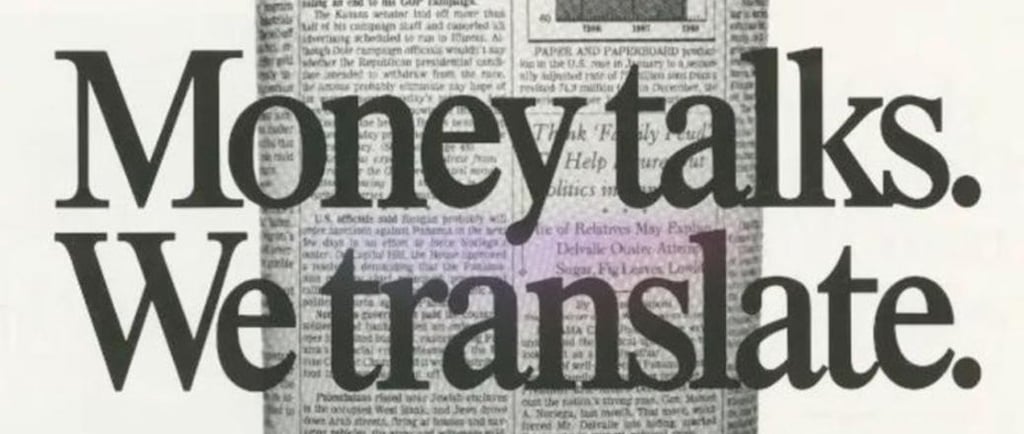Art as Asset
From record-breaking auctions in Mumbai to the decline of evening sales in London, and the rise of digital collecting and design as a safe haven: the global financial art market is experiencing a week of sharp contrasts and emerging players. A journey through data, anecdotes, and transformations that reveals how art is rewriting its rules at the heart of the global economy.
ART & FINANCE
Charlotte Madeleine CASTELLI
6/17/20253 min read


Art as Asset: Between Auction Crises and Global Strategy Shifts, Finance Rediscovers Beauty
This week, the global art market has experienced one of those rare turning points where tradition and innovation clash openly, revealing deep-rooted trends, new players, and systemic tensions. It happened in Mumbai, it happened in London, and it happened—silently—in the back offices of New York galleries. A microcosm that tells a story far greater than that of a simple sale.
Let’s start in Mumbai, where an auction hosted by AstaGuru marked a moment both symbolically and financially significant. Twenty-five works by the visionary Indian artist M.F. Husain, part of his “Our Planet Called Earth” series, were sold in their entirety—what auction houses call a “white glove sale”, meaning not a single lot went unsold. The top lot, a monumental work exploring the cosmic interconnectedness of humanity, fetched 9.5 crore rupees. More than a sale, it was a posthumous reconciliation between India and one of its most controversial sons, who was exiled in 2006 due to political tensions. An anonymous collector from Singapore reportedly called during the auction in an attempt to buy the entire series, only to be told it was already being fiercely contested by six international bidders.
From India to London, the winds are shifting direction. The giants of the auction world—Christie’s, Sotheby’s, Phillips—are struggling to maintain the post-pandemic momentum. The once-ritualized “evening sales,” long considered theatrical celebrations of intellectual luxury, are now facing a sharp contraction. This spring’s sales in the British capital dropped by more than 30% compared to the previous year. Yet amid this uncertainty, one name shines as a symbol of resilience: Tamara de Lempicka. Her 1927 portrait “La Belle Rafaëla” is set to be auctioned in the coming days, with estimates ranging from £6 to £9 million. The work, which depicts her young Neapolitan lover in a pose reminiscent of Manet’s Olympia, is not just an Art Deco masterpiece—it also embodies a renewed interest in sensual and powerful female narratives in collecting. Forgotten for decades, Lempicka’s prices are now rising steadily, driven largely by a new generation of Asian women collectors who see art as both a form of expression and a tool of empowerment.
While the elite market seems to falter, the middle segment is drawing increasing attention. The numbers are clear: more than 800,000 lots have been sold globally in 2024 so far, a historic record, but with a distinct focus on works priced below $50,000. It’s a sign that younger generations—millennials and Gen X—are no longer chasing headline-making Picassos or Basquiats, but are instead seeking authenticity, affordability, and narrative value. One 33-year-old Italian entrepreneur, who chose to remain anonymous, told The Art Newspaper that he’s built a collection of over 100 works purchased exclusively online, ranging from digital art to paintings by emerging African artists and mid-century design pieces. His annual budget? Just €120,000.
Digitization is no longer an option—it’s a fact. Online sales now represent roughly 15% of the art market and are growing steadily, especially through hybrid platforms and social networks. A Korean curator based in Seoul revealed how her gallery, which specializes in NFT-based works printed on handmade Japanese washi paper, tripled its revenue after launching a by-invitation “Instagram gallery.” Simultaneously, private sales are rising in importance, offering discretion and flexibility—two highly valued qualities in an economically uncertain time.
Finally, a somewhat unexpected development comes from the design world. A table lamp by Frank Lloyd Wright—the iconic “Double Pedestal”—was sold for $7.5 million by Rago/Wright, setting a world record for a modern design object. This wasn’t a museum piece, but an authentic item that had sat unused for 40 years in a private Arizona home. The buyer? A California-based hedge fund manager and known minimalist design collector, who reportedly said he “wept at the structural purity of the lamp’s base.” That, too, is the art market: emotion and capital, joined in a singular moment.
In the background, while geopolitical tensions and economic volatility shake the stock markets, art—taken as a whole—proves once again to be a refined and ambiguous mirror of our times. No longer merely a safe haven or status symbol, it has become a language where generations collide, geographies compete, and identities are reassembled. Now more than ever, investing in art means participating in a narrative—not linear, not always rational, but unmistakably human.
© Charlotte Madeleine Castelli | All rights reserved
